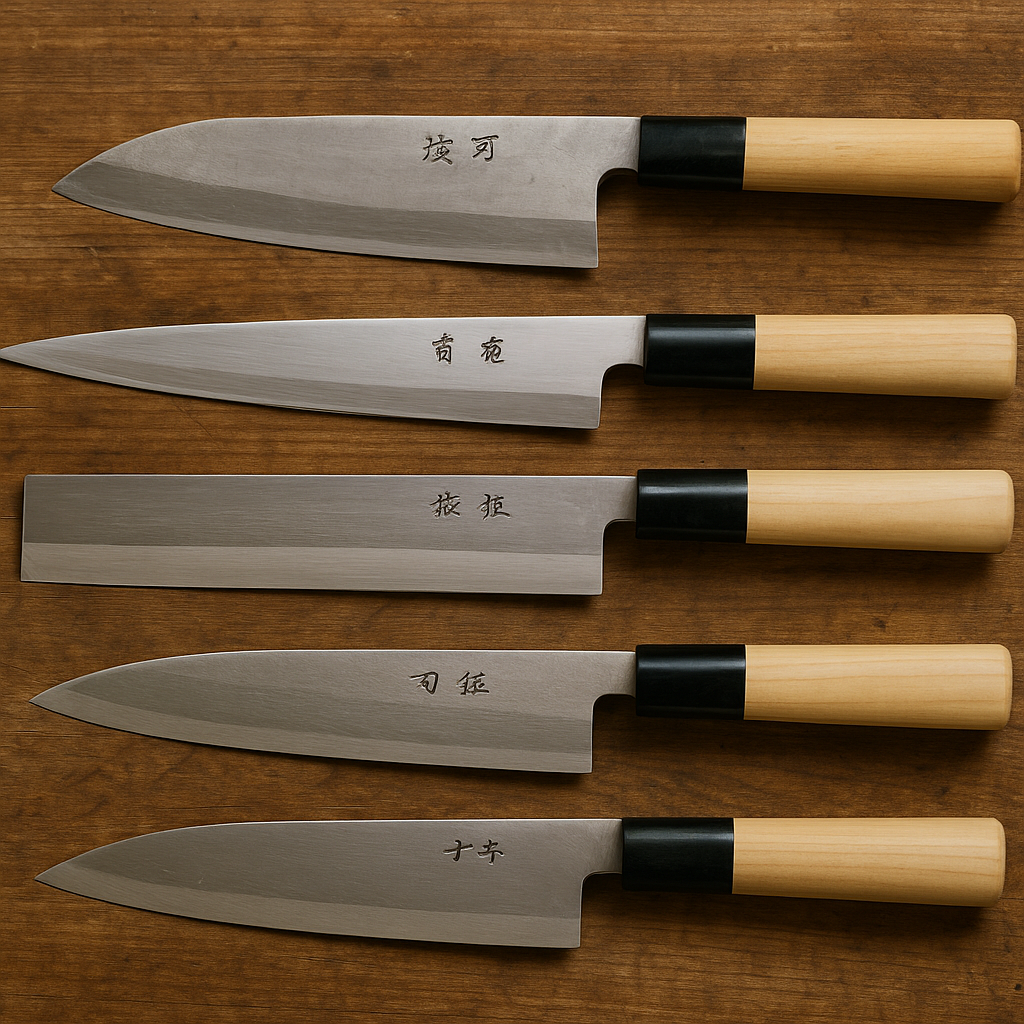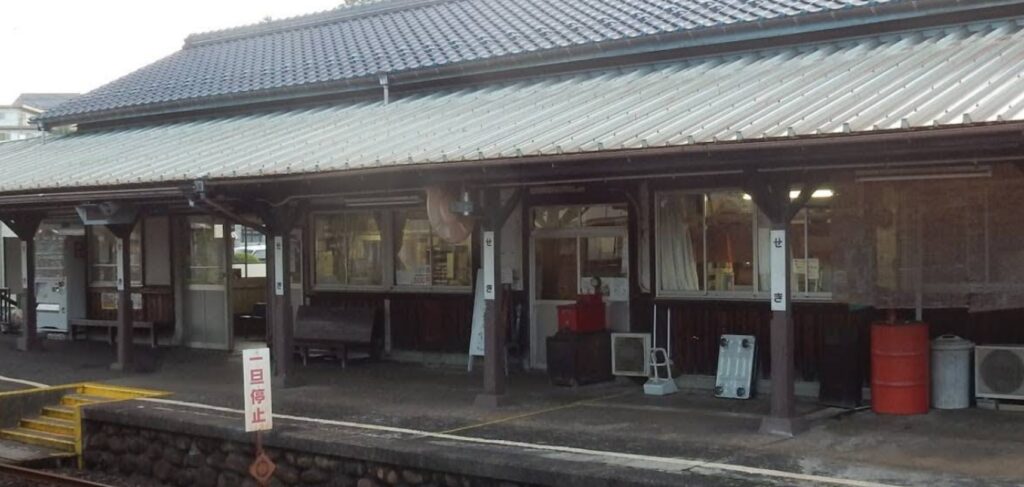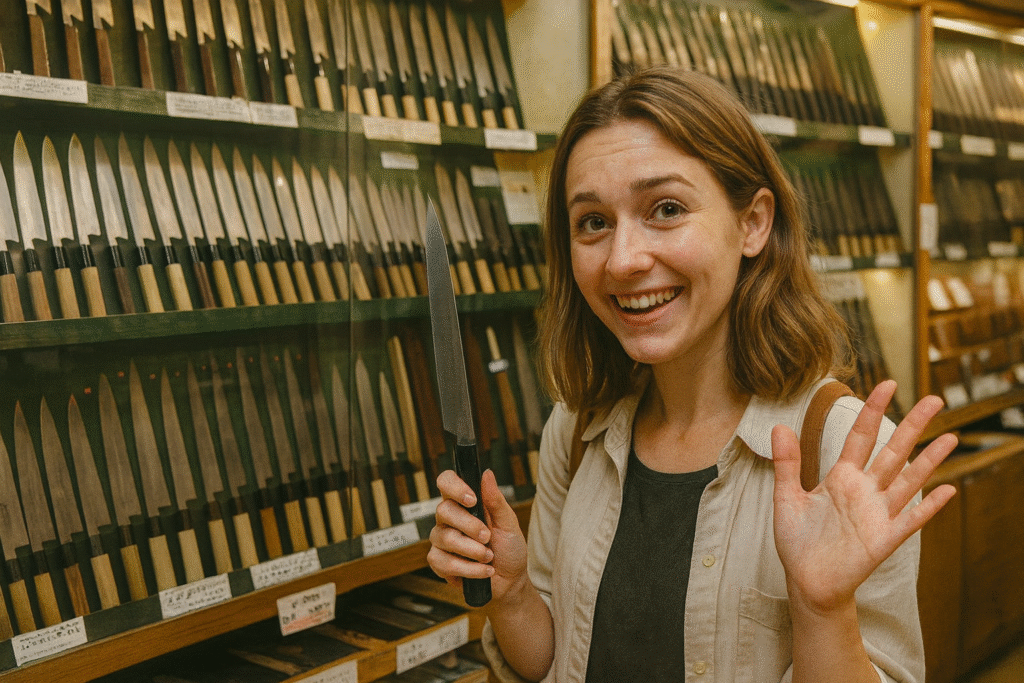Introduction
Do you remember the first time you watched Food Wars! (Shokugeki no Soma)? It wasn’t just cooking—it felt like an all-out battle. The clang of knives, the intense stares, the dramatic slice of a fish… every scene turned the kitchen into a battlefield. In the world of Food Wars!, a single knife isn’t just a tool—it’s a weapon, as important to a chef as a sword is to a warrior.
For many anime fans, especially those who watched it late at night in their teens or twenties, those scenes sparked something. Maybe you even grabbed whatever knife was in your kitchen, inspired to whip up ramen or try your hand at slicing sashimi. But here’s the thing: those anime knife battles aren’t just exaggerated drama. They reflect real elements of Japanese culinary culture, where knives hold deep meaning.
Let’s explore how Food Wars! connects to real Japanese knife traditions—from the types of knives to the regions where they’re crafted—and why chefs worldwide are falling in love with them.
Types of Japanese Knives

Japan’s culinary world has a dazzling variety of knives, each designed with a purpose. Here are four of the most iconic, both in anime and in real kitchens:
- Deba – A heavy-duty knife for breaking down fish. In Food Wars!, when a chef slams a deba down on a fish, it’s not just for show. This thick blade really is built for the challenge of filleting.
- Yanagiba – Long and elegant, this knife is used to slice sashimi in a single, smooth pull. Think of those anime scenes where sashimi practically sparkles—the yanagiba is made for that flawless cut.
- Santoku – The ultimate household multitasker. Its name literally means “three virtues”—meat, fish, and vegetables. If you’ve ever thought, I just need one good knife, the santoku is your best bet.
- Gyuto – Inspired by Western chef’s knives, the gyuto is versatile and popular among professional chefs around the world. It bridges Japanese precision with international cooking styles.
In anime, each character often wields a knife that suits their personality. In real life, too, chefs choose knives that reflect their cooking style.
Knife Philosophy & Craftsmanship
In Japanese cuisine, cutting isn’t just about making food smaller. It’s about unlocking flavor and honoring the ingredient. A sashimi slice must be made in one clean motion to preserve freshness and presentation. The way you cut can change how food tastes and feels.
This philosophy—“respect the ingredient”—is why Japanese knives are designed with such precision. The drama in Food Wars! exaggerates this, but at its heart it mirrors the real philosophy of Japanese chefs.
Knife-Making Regions in Japan

If you want to go deeper, you’ll find that knives aren’t just tools; they’re cultural artifacts, often tied to the places they’re made:
- Sakai (Osaka) – Known as the birthplace of the Japanese kitchen knife. Craftsmen here have been making blades since the 1500s, and today Sakai knives are still trusted by professional chefs worldwide.
- Seki (Gifu) – Once famous for samurai swordsmiths, Seki is now renowned for high-quality kitchen knives. The same traditions of sharpness and durability live on in culinary form.
- Niigata (Tsubame-Sanjo) – A hub of metalworking, where modern design meets tradition. Many knives from this region are designed with both professionals and home cooks in mind.
Visiting these regions is like stepping into living history. Imagine browsing knife shops in Seki, with rows of gleaming blades that look like they belong in both an anime battle and a Michelin-starred kitchen.
Anime × Reality
So, how much of Food Wars! is true? Well, the explosions of flavor may be anime magic—but the passion for knives is very real. In fact, the way knives are treated like extensions of the chef’s spirit comes directly from Japanese cultural values.
Other anime echo this too. In Studio Ghibli films, like Spirited Away or My Neighbor Totoro, kitchen scenes often show knives as everyday companions in family life. In Isekai Izakaya Nobu and Isekai Shokudo, knives symbolize the cultural bridge between Japan and another world.
Anime exaggerates, yes—but it also captures the essence of how important knives are to Japanese food culture.
Japanese Knives in the World

It’s not just Japan. Around the globe, Japanese knives have gained a loyal following. Michelin-star chefs in Paris and New York often swear by their yanagiba or gyuto. Culinary schools in the US and Europe increasingly teach students with Japanese knives.
And fans? Many international anime watchers admit that Food Wars! made them curious enough to buy a Japanese knife. On Amazon Global and specialty stores, sales of santoku and gyuto knives have soared. Whether in Los Angeles, London, or São Paulo, Japanese knives are no longer exotic—they’re aspirational.
Conclusion: From Anime to Your Kitchen
Food Wars! is more than flashy cooking battles. Its knife scenes reflect real traditions: respect for ingredients, craftsmanship, and the belief that a tool can carry cultural meaning. Deba, yanagiba, santoku, gyuto—each knife carries centuries of history in its blade.
So next time you rewatch Food Wars!, think about how those dramatic slices connect to real Japanese kitchens. Maybe you’ll even be inspired to pick up a Japanese knife yourself—or one day visit Seki or Sakai to see where they’re made.
Because at the end of the day, knives aren’t just tools. They’re keys to understanding Japan’s culinary soul.
Curious to explore more anime-inspired journeys into Japan’s culture and daily life?
🌸 Head back to the My Japan Life homepage for more guides and stories.
This article was co-written with AI and edited by the author to ensure accuracy and a personal touch.



コメント